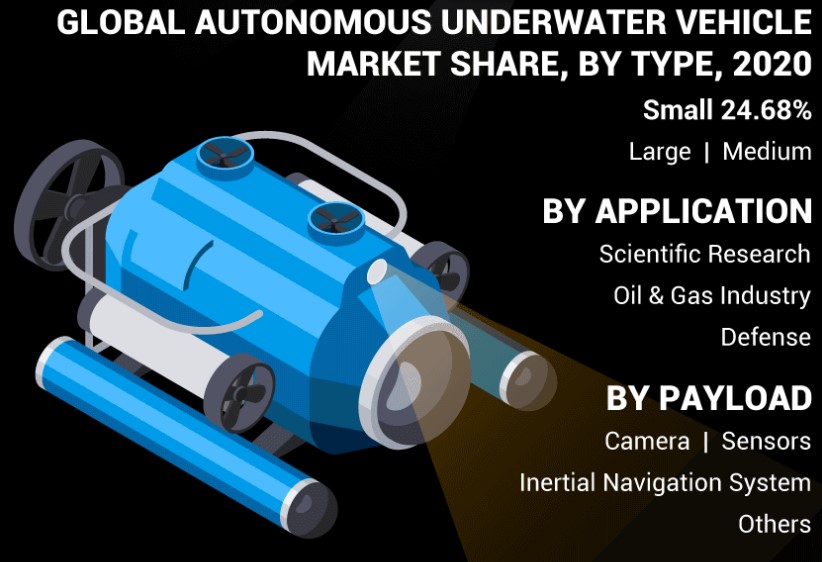When it comes to industrial equipment, plumbing, and even certain household applications, metal hoses have become indispensable. These flexible, durable tubes serve a wide range of functions, from transporting gases to handling extreme temperatures and pressures. But what makes metal hoses so special? In this blog, we’ll dive deep into the world of metal hoses, exploring their types, common applications, advantages, and factors to consider when choosing the right one for your needs.
1. What Are Metal Hoses?
Metal hoses are flexible pipes made of metal, typically stainless steel, which provide secure transportation for fluids and gases in many different industries. They’re engineered to withstand extreme conditions, such as high temperatures, corrosion, and high-pressure environments, which makes them highly versatile and reliable.
2. Types of Metal Hoses
Metal hoses come in a variety of designs, each suited for specific applications. Here are the most common types:
a. Corrugated Metal Hoses
Corrugated hoses are crafted with a series of parallel ridges and grooves. This unique design enhances flexibility while maintaining the structural integrity needed to endure high pressures. They’re especially popular in industries where flexibility and durability are critical, such as in HVAC systems and industrial machinery.
b. Braided Metal Hoses
Braided metal hoses have an extra layer of metal braiding around the corrugated tube. The braiding reinforces the hose, allowing it to handle even greater pressures. Braided hoses are commonly used in gas lines, automotive applications, and in any setting where added strength is required.
c. Stripwound Metal Hoses
Stripwound hoses are formed by interlocking metal strips into a hose structure. While they are less flexible than corrugated hoses, they are highly resistant to crushing and abrasion. These hoses are ideal for environments where they may come into contact with sharp objects or rough surfaces.
3. Common Applications of Metal Hoses
Metal hoses find applications across various industries due to their robustness and adaptability. Here are some of the most popular uses:
a. Industrial Applications
Industries like oil and gas, manufacturing, and power generation often rely on metal hoses to transport gases and fluids under high pressure. These hoses can handle extreme temperatures, from transporting superheated steam to managing cryogenic liquids.
b. Automotive and Aerospace
Metal hoses are crucial in the automotive and aerospace sectors, where reliability under intense conditions is a must. They are commonly used in exhaust systems, fuel systems, and hydraulic systems for their high-pressure tolerance and flexibility.
c. Plumbing and HVAC Systems
In plumbing and HVAC (Heating, Ventilation, and Air Conditioning) systems, metal hoses serve as flexible connections, allowing easy routing in tight spaces. Their resistance to rust and heat makes them ideal for these settings.
d. Food and Beverage Industry
The food and beverage industry often uses stainless steel metal hoses to transport ingredients and products in sanitary environments. Metal hoses are easy to clean, corrosion-resistant, and meet health standards required for food safety.
4. Benefits of Using Metal Hoses
Why are metal hoses the preferred choice in so many industries? Here’s a breakdown of their key advantages:
a. Durability and Longevity
Metal hoses are crafted to withstand physical wear and tear, high pressures, and extreme temperatures. They offer longevity that few other hose types can match, which makes them cost-effective in the long run.
b. Flexibility Without Compromise
One of the standout benefits of metal hoses is their flexibility. Unlike rigid pipes, metal hoses can be routed through tight spaces and around corners without sacrificing strength. This flexibility makes installation easier and more efficient.
c. High Resistance to Corrosion and Heat
Metal hoses, especially those made of stainless steel, resist corrosion, rust, and chemical damage, ensuring their longevity even in challenging environments. They can also endure both very high and very low temperatures, making them suitable for a wide range of applications.
d. Safety
Metal hoses provide a safe solution for transporting hazardous or high-pressure gases and fluids. Their robust construction minimizes the risk of leaks, which is crucial in industries where safety is a top priority.
5. Choosing the Right Metal Hose
Selecting the right metal hose involves considering various factors to ensure optimal performance for the intended application. Here are some key aspects to consider:
a. Pressure and Temperature Requirements
Evaluate the pressure and temperature requirements of your application. Some metal hoses are better suited for high-pressure environments, while others may be more appropriate for handling high temperatures.
b. Flexibility Needs
Consider the level of flexibility needed for the installation. Corrugated hoses, for example, offer excellent flexibility and are suitable for areas with tight spaces.
c. Material Compatibility
Choosing the right material is essential, especially if the hose will be exposed to chemicals. Stainless steel is highly resistant to corrosion and is a good choice for most applications, but specific environments may require other materials or coatings.
d. End Fittings
Metal hoses can be customized with various end fittings, such as flanges, couplings, and threaded ends. Make sure to choose fittings that are compatible with your equipment for a secure and leak-free connection.
6. Installation and Maintenance Tips
Even the most robust metal hoses require proper installation and maintenance to maximize their lifespan. Here are some essential tips:
a. Avoid Excessive Bending
While metal hoses are flexible, excessive bending can strain the hose and reduce its durability. Follow the manufacturer’s guidelines for bending radius to avoid potential issues.
b. Regular Inspections
Perform regular inspections to check for signs of wear, corrosion, or leaks. Early detection can help prevent accidents and extend the hose’s service life.
c. Secure Fittings Properly
Ensure that all fittings are securely attached and in good condition. Loose fittings can lead to leaks or disconnections, compromising the safety and efficiency of the system.
d. Clean After Use
For hoses used in food, beverage, or chemical applications, regular cleaning is essential to prevent contamination and ensure compliance with health and safety standards.
7. Innovations in Metal Hoses
The field of metal hoses is evolving, with new innovations enhancing their durability, flexibility, and functionality. Advanced manufacturing techniques are producing metal hoses with improved resistance to extreme temperatures and pressures, making them suitable for cutting-edge applications like space exploration and renewable energy.
Composite hoses, for example, are emerging as a popular alternative to traditional hoses, blending metal with other materials to enhance flexibility and reduce weight. Additionally, there are specialized coatings now available that offer improved resistance to chemicals, making metal hoses even more versatile.
8. Environmental Benefits of Metal Hoses
Sustainability is becoming a significant consideration in the industrial world, and metal hoses offer a more environmentally friendly option compared to some plastic-based hoses. Metal hoses are often fully recyclable, which means that they have a smaller ecological footprint. Additionally, their durability means they don’t need to be replaced as often, reducing waste and saving resources in the long run.
Conclusion
Metal hoses are versatile, durable, and essential in a wide range of industries. From handling high pressures and extreme temperatures to their ease of installation, the benefits of metal hoses are substantial. When choosing the right metal hose, consider factors such as pressure requirements, flexibility, material compatibility, and installation practices to ensure you select the best option for your needs.
With new innovations enhancing their capabilities, metal hoses are poised to remain a crucial component in industrial and commercial applications for years to come. So, the next time you see a metal hose, remember its vital role in powering everything from factories to food production, keeping our world running smoothly.




